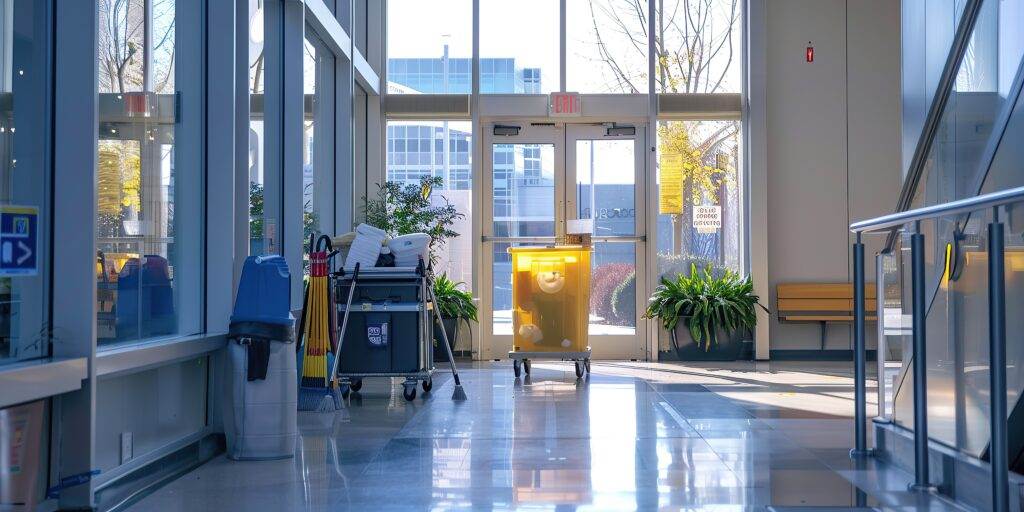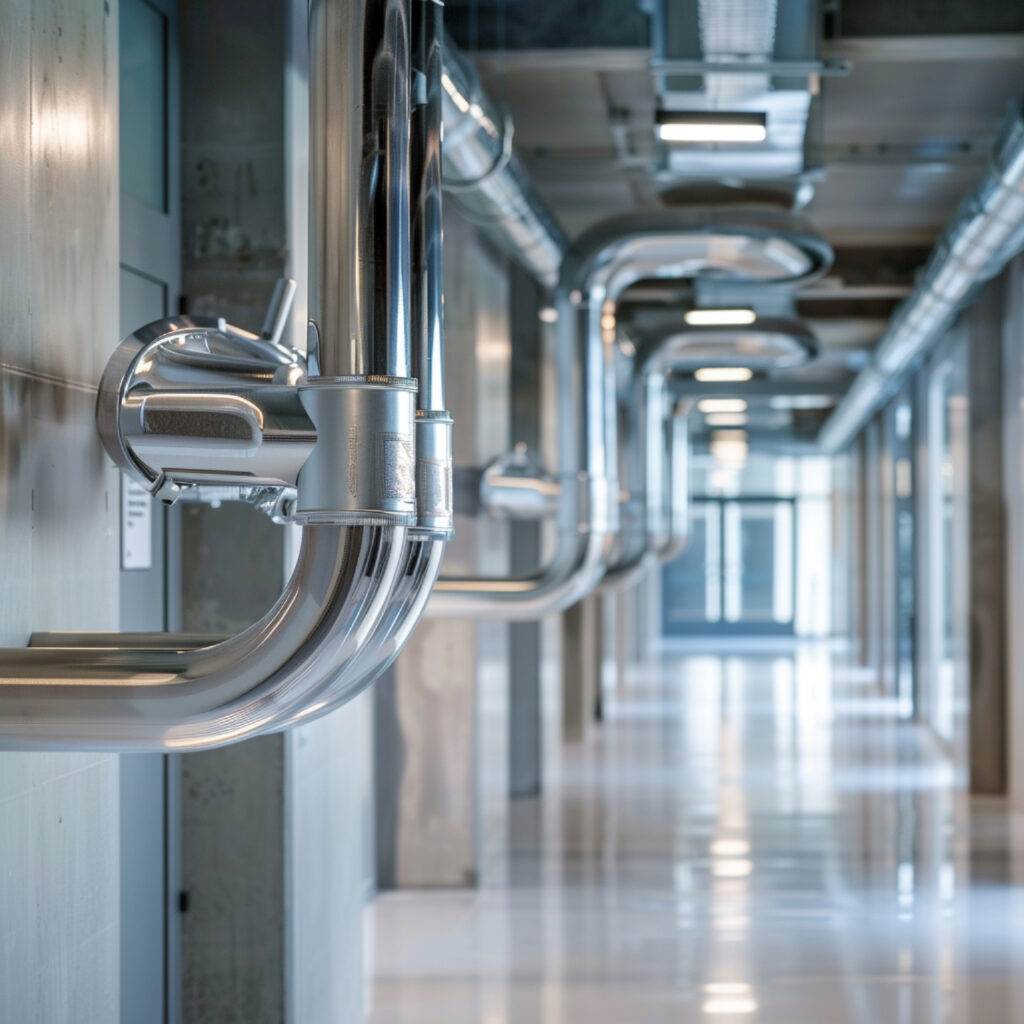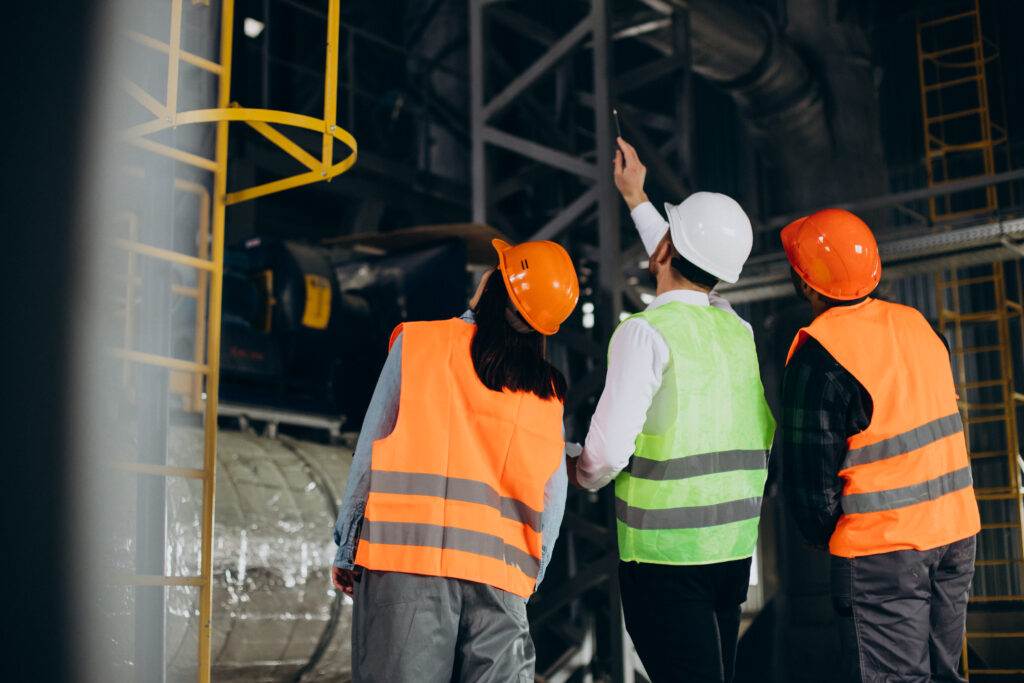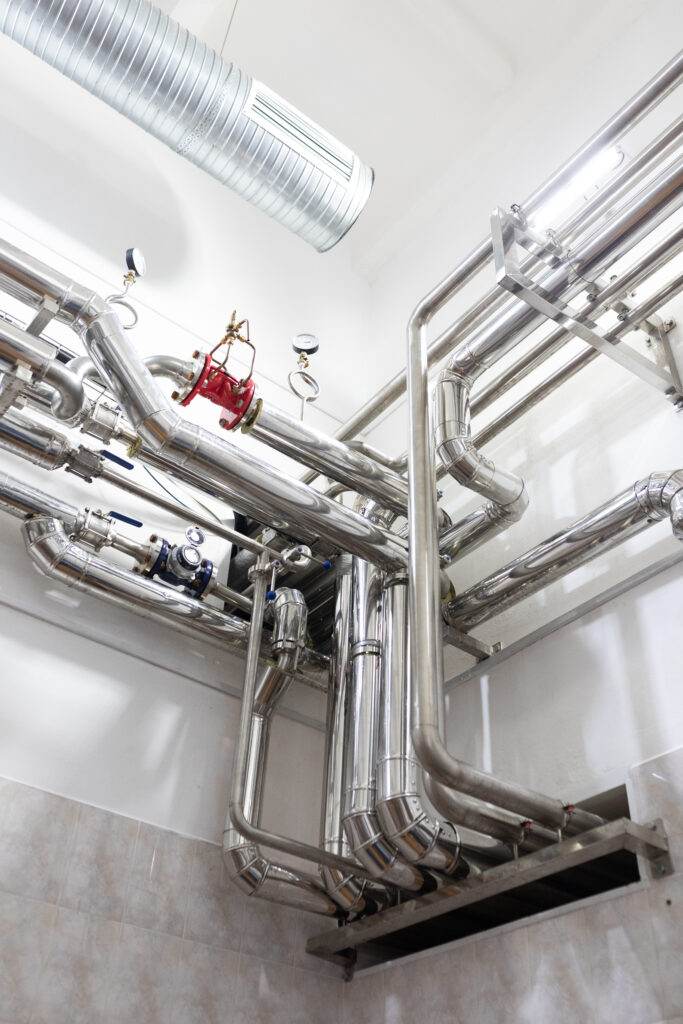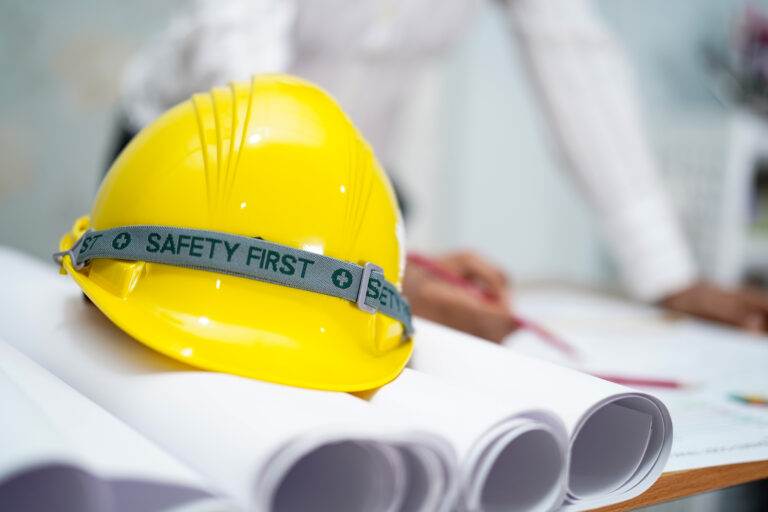Importance of Maintaining Multi-Tenant Buildings
Impact on Long-Term Value
In the realm of real estate, maintaining multi-tenant buildings is vital for ensuring their long-term appreciation. Neglect can lead to deteriorating conditions that diminish property values, impacting rental income and marketability. An investment in maintenance not only preserves but can enhance property values, making it more attractive to prospective tenants.
Benefits of Proper Maintenance
Proper maintenance of multi-tenant buildings yields several benefits, including:
- Enhanced Tenant Satisfaction: Regular upkeep fosters a comfortable living environment, encouraging tenants to renew leases.
- Reduced Repair Costs: Addressing maintenance issues proactively minimizes the risk of costly repairs later on.
- Regulatory Compliance: Staying compliant with safety regulations helps avoid legal disputes and fines.
- Overall Property Appeal: A well-maintained building improves curb appeal and attracts quality tenants, ultimately leading to a steady stream of income.
Investing in property maintenance is not just an expense; it’s a strategy for sustaining valuation over time.

Initial Assessment and Planning
Conducting Property Audits
To lay the groundwork for effective maintenance, conducting thorough property audits is crucial. These assessments help identify areas needing improvement and potential risks. Consider focusing on:
- Structural Integrity: Check for cracks, leaks, and other signs of wear.
- Systems Inspection: Evaluate plumbing, electrical, and HVAC systems for functionality.
- Safety Compliance: Ensure the building meets all health and safety regulations.
Regular property audits not only help retain tenant satisfaction but also highlight areas for preventive measures.
Creating a Maintenance Schedule
After audit findings, creating a maintenance schedule becomes essential. This proactive approach ensures issues are addressed before they escalate. Key elements to include are:
- Routine Tasks: Regular cleaning, inspections, and landscaping.
- Seasonal Alerts: Prepare for winter heating checks or summer cooling maintenance.
- Communication: Notify tenants about upcoming maintenance to facilitate cooperation.
A well-structured schedule fosters transparency and enhances tenant relationships, contributing to a healthier building environment.
Building Maintenance Fundamentals
Regular Cleaning and Inspections
Following a well-structured maintenance schedule, regular cleaning and inspections are paramount for maintaining multi-tenant buildings. Consistent cleaning enhances the aesthetic appeal while contributing to tenant satisfaction. Consider implementing:
- Daily Cleaning: Common areas like lobbies and hallways require attention to remain welcoming.
- Monthly Inspections: A quick check on vital systems—lights, smoke detectors, and plumbing—can prevent larger issues.
- Seasonal Deep Cleaning: Spring and fall can be ideal for comprehensive cleaning, ensuring the building’s upkeep.
These proactive measures not only create a positive impression but also extend the lifespan of building components.
Handling Repairs and Upkeep
Efficiently handling repairs fosters a sense of safety among tenants. Establish a clear protocol for repairs, which includes:
- Timely Responses: Address maintenance requests promptly to prevent escalation.
- Qualified Contractors: Use professional services to ensure quality workmanship.
- Documentation: Keep records of repairs for future reference and budgeting.
A well-maintained building elevates tenant experience and reinforces the value of investment in property upkeep.
Promoting Tenant Cooperation and Communication
Establishing Clear Guidelines
Building a harmonious community in multi-tenant buildings hinges on clear communication and established guidelines. From the outset, it’s essential to set expectations regarding shared spaces and responsibilities. Consider implementing:
- Tenant Handbooks: Distribute documents outlining property rules, maintenance procedures, and emergency protocols.
- Community Meetings: Host regular gatherings to address concerns and foster relationships among tenants.
These initiatives create a cohesive living environment, enabling tenants to understand their roles and responsibilities.
Encouraging Feedback and Reporting
Furthermore, fostering an open dialogue encourages tenant feedback and reporting of issues. Tenants should feel empowered to share:
- Maintenance Requests: Simple platforms (like online forms) make reporting easy.
- Community Suggestions: Encourage input on potential improvements, enhancing their investment in the community.
This two-way communication builds trust, ensuring the property stays in top shape while cultivating a sense of ownership among tenants.
Sustainable Practices for Long-Term Value
Implementing Energy-Efficient Solutions
Integrating sustainable practices into building maintenance is essential for enhancing long-term value. One of the most effective strategies is implementing energy-efficient solutions. This could involve:
- Upgrading Lighting: Switch to LED lighting to reduce energy consumption and lower utility bills.
- Smart Thermostats: Install these to optimize heating and cooling based on occupancy, ensuring comfort without waste.
- Insulation Improvements: Enhance building insulation to maintain temperature and reduce energy expenditure.
These upgrades not only appeal to eco-conscious tenants but also decrease operational costs over time.
Incorporating Green Initiatives
Incorporating green initiatives is equally important. Establishing:
- Recycling Programs: Encourage residents to participate in recycling efforts by setting up designated bins.
- Community Gardens: A shared space for tenants to grow their own plants can foster community spirit while promoting sustainability.
Such efforts enhance tenant satisfaction and position multi-tenant properties as forward-thinking, environmentally responsible choices, ultimately reflecting positively on their long-term value.

Budgeting and Financial Management
Allocating Funds for Maintenance
Effective budgeting and financial management are critical for maintaining multi-tenant buildings. Allocating appropriate funds for maintenance ensures that essential tasks are prioritized. Start by:
- Creating a Detailed Budget: Outline annual maintenance costs associated with cleaning, inspections, and repairs.
- Setting Aside Reserve Funds: Aim to maintain a reserve for unexpected repairs, which helps mitigate financial strain when urgent issues arise.
- Reviewing Past Expenses: Analyze historical data on spendings, such as routine maintenance tasks to adjust future budgets accurately.
A comprehensive understanding of financial needs promotes a healthy building environment.
Long-Term Investment Strategies
In addition to immediate budgeting, employing long-term investment strategies can maximize profitability. Consider:
- Investing in Upgrades: Fund efficiency improvements that lead to reduced operational costs over time.
- Market Analysis: Regularly assess rental rates to ensure alignment with market trends, allowing for informed pricing decisions.
Implementing these strategies not only safeguards the building’s value but can also enhance returns on investment in the long run.

Emergency Preparedness and Crisis Management
Developing Contingency Plans
In the realm of property management, emergency preparedness and crisis management are essential for ensuring tenant safety and minimizing property damage. Developing comprehensive contingency plans is the first step in this process. Consider:
- Identifying Risks: Assess potential emergencies, such as fires, floods, or power outages that may impact the building.
- Creating Action Plans: Establish clear procedures for evacuation, communication, and resource allocation during a crisis.
- Regular Training Drills: Conduct drills with tenants and staff to ensure everyone knows their roles and responsibilities in an emergency.
These proactive measures build confidence among tenants and staff alike, fostering a sense of security.
Addressing Unexpected Situations
Despite thorough planning, unexpected situations may still arise. It’s crucial to have strategies in place to address them effectively. Have:
- Emergency Contact Lists: Maintain up-to-date contact information for emergency services, property management, and essential contractors.
- Real-Time Communication Channels: Use group messaging or email alerts to keep tenants informed during crises.
By staying prepared, property managers can navigate unexpected challenges smoothly while ensuring tenant safety and maintaining the integrity of the building.
Professional Service Providers and Contractors
Selecting Reliable Maintenance Partners
When it comes to maintaining multi-tenant buildings, selecting reliable maintenance partners is of utmost importance. A well-chosen contractor can significantly impact the quality of service and tenant satisfaction. Here are some tips for choosing the right professionals:
- Review Credentials: Verify licenses, certifications, and insurance to ensure that contractors meet industry standards.
- Check References: Ask for testimonials or case studies that showcase their past work with similar properties.
- Get Multiple Quotes: Compare estimates from various service providers to ensure competitiveness and value.
These steps set the foundation for a successful working relationship, ensuring that the property remains in optimal condition.
Monitoring Service Quality
Once reliable partners are in place, consistent monitoring of service quality is essential. Implement:
- Regular Evaluations: Conduct periodic reviews of contractor performance to ensure they meet expectations in terms of responsiveness and workmanship.
- Tenant Feedback: Encourage tenants to share their experiences regarding repairs and maintenance to identify areas needing improvement.
By maintaining oversight, property managers can ensure that maintenance is not only timely but also upholds the standards that tenants expect and deserve.
Technology and Tools for Efficient Maintenance
Utilizing Property Management Software
In today’s fast-paced environment, leveraging technology is essential for efficient building maintenance. Utilizing property management software streamlines various tasks, enhancing overall productivity. Key benefits include:
- Automated Maintenance Requests: Tenants can easily report issues through an online platform, creating an organized system for tracking requests.
- Financial Management: Budgeting tools help track expenses and monitor spending, ensuring financial accountability.
- Communication Features: Integrated messaging systems facilitate clear communication between property managers and tenants.
This technology saves time, improves transparency, and ultimately enhances tenant satisfaction.
Implementing IoT Solutions
Beyond traditional software, implementing IoT (Internet of Things) solutions can revolutionize property maintenance. Consider:
- Smart Sensors: Use devices to monitor HVAC systems, water leaks, and energy usage, allowing for proactive maintenance before issues escalate.
- Remote Monitoring: Enable property managers to oversee systems in real-time, facilitating quicker responses to potential problems.
By embracing these technologies, property management becomes more efficient, reducing operational costs and enhancing the overall tenant experience.
Continual Evaluation and Improvement
Feedback Analysis and Adjustment
Continual evaluation and improvement are essential to maintaining a thriving multi-tenant building. One effective approach is incorporating feedback analysis to inform necessary adjustments. By regularly gathering tenant feedback, property managers can identify areas of concern. Consider:
- Surveys and Questionnaires: Distribute periodic surveys to assess tenant satisfaction and gather insights on maintenance effectiveness.
- Monthly Review Meetings: Host discussions with staff and contractors to analyze ongoing feedback and address any emerging issues.
This proactive process not only enhances tenant relations but also facilitates targeted improvements.
Adapting to Changing Needs
As trends and tenant preferences evolve, adapting to changing needs is crucial. Be prepared to:
- Stay Informed: Keep abreast of market trends and technological advancements to implement relevant upgrades.
- Flexible Maintenance Plans: Regularly revisit and adjust maintenance schedules based on shifting tenant demands or seasonal considerations.
By remaining responsive and adaptable, property managers can ensure that their buildings continue to meet the expectations of current and prospective tenants, ultimately leading to long-term success.

Conclusion and Long-Term Value Realization
Summarizing the Importance of Maintenance
In conclusion, the importance of maintenance in multi-tenant buildings cannot be underestimated. A proactive approach not only preserves the physical condition of the property but also enhances tenant satisfaction and retention. Key points to remember include:
- Regular Maintenance: Ensures that issues are caught early before they escalate into costly repairs.
- Effective Communication: Fostering an open dialogue with tenants can significantly improve their experience and engagement.
By investing in ongoing maintenance strategies, property managers set the stage for a thriving community.
Ensuring Sustainability and Appreciation
Moreover, focusing on sustainable practices enhances long-term value realization. By integrating energy-efficient solutions and eco-friendly initiatives, property managers can:
- Reduce Operational Costs: Lower utility expenses directly benefit the building’s financial health.
- Attract Eco-Conscious Tenants: A commitment to sustainability appeals to a growing demographic that prioritizes green living.
Ultimately, a focus on maintenance and sustainability not only secures a building’s physical integrity but also fosters appreciation and value in the market, paving the way for future success.

